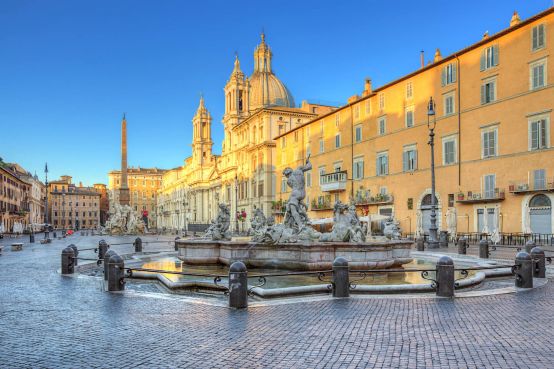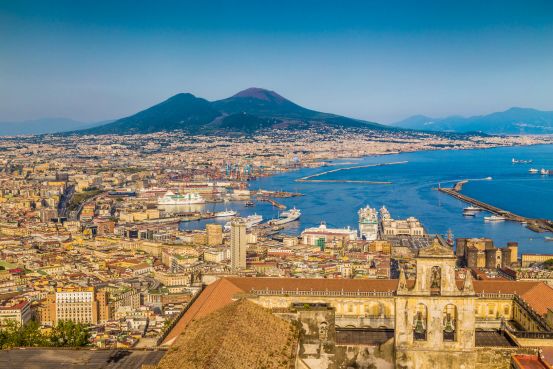A tour of Medieval cloisters in Rome begins with the Basilica of St. John Lateran. In addition to being one of the most beautiful, it is also one of the largest in Rome, with each side measuring 36 metres. An undisputed masterpiece by the Vassaletto family, Roman marble workers, the cloister was built between 1215 and 1231.
The cloister, from the Latin Claustrum - meaning "closed space" - is a large quadrangular courtyard, surrounded by arcades, situated within a monastery. Developed in the early Middle Ages for essentially practical purposes, since it had to connect the various rooms of the monastic complex, it derives it style from the peri-style Roman houses.
The Basilica of the Santi Quattro Coronati is our next stop on the tour of medieval cloisters in Rome. The complex preceded by the oldest bell tower in Rome ( 9th Century ), is dedicated to four Dalmatian sculptors who allegedly refused to carve the statues of pagan deities and were martyred by Emperor Diocletian.
The atmospheric cloister, the smallest in Rome, dates from the early 1200's and is characterized by an extremely sober and modest decoration which possesses a certain charm. The lovely fountain in the garden dates from the 9th Century.
The next stop on our medieval cloister tour of Rome is the Basilica of Santa Sabina. This splendid church, which has magically kept its 5th Century early Christian plan intact, is closely associated to the figure of St. Dominic who presented is rule of the order to the pope.
The Cloister is one of Rome's largest and has a strong affinity with contemporary Cistercian construction sites.
Of an entirely different appearance is the cloister of the Basilica of San Paolo outside the walls. The cloister is a splendid example of the activity of the Roman marble workers. One side of the cloister which shows a greater decorative richness, was built by the Vasselletto family.
The artist shows influences of the medieval, Byzantine and even Etruscan traditions - observable in the portrayal of the chimera, the mythological fire breathing monster with a lion's head, goat's body, and the tail of a serpent.









